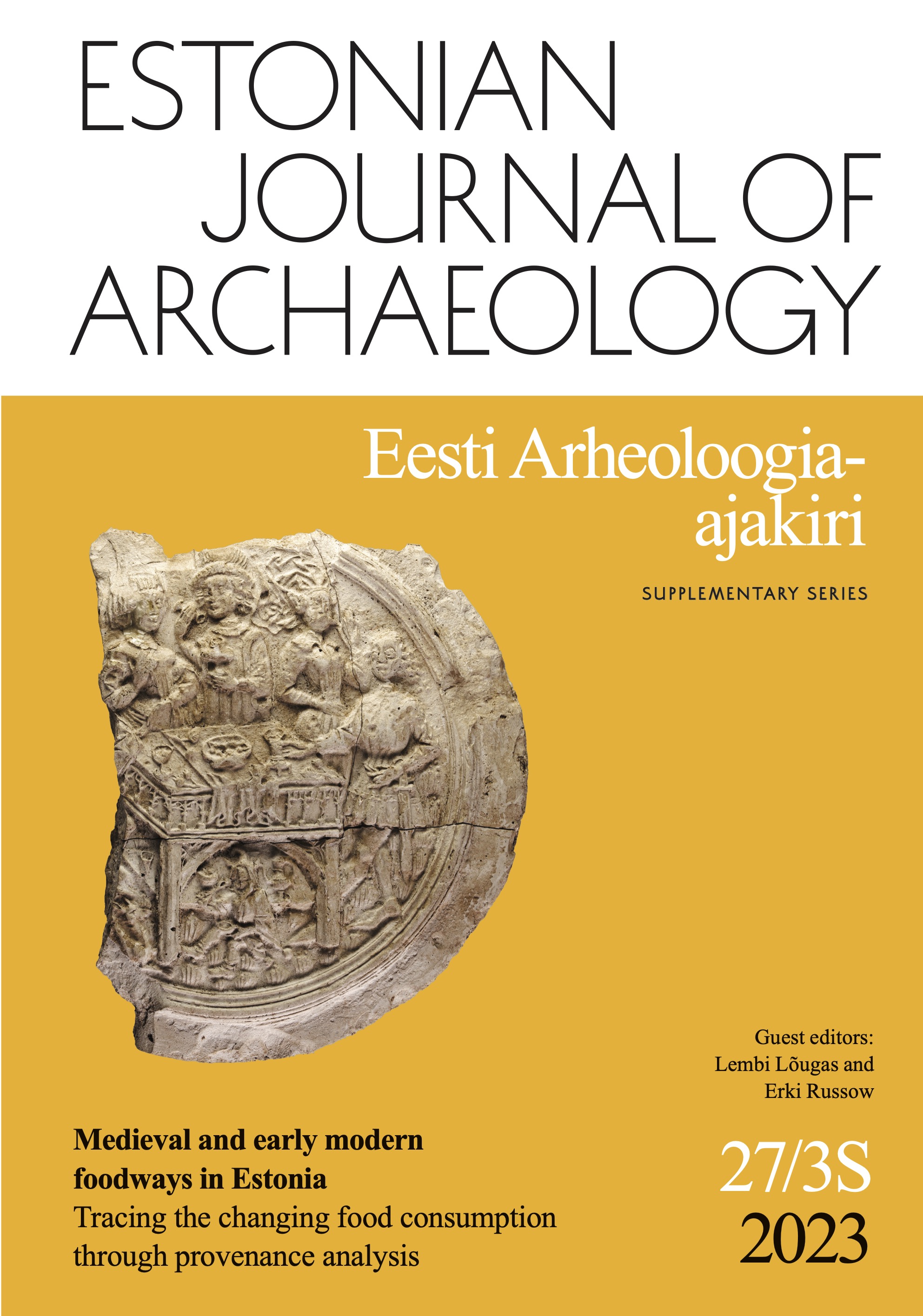Pets or functional animals: dogs and cats in medieval and early modern Estonia
Pets or functional animals: dogs and cats in medieval and early modern Estonia
Author(s): Sander Nuut, Eve Rannamäe, Mari Tõrv, Ülle Aguraiuja-LättiSubject(s): History, Archaeology, Cultural history, 13th to 14th Centuries, 15th Century, 16th Century, 17th Century, 18th Century
Published by: Teaduste Akadeemia Kirjastus
Keywords: withers height; paleopathology; skinning; human-animal relationship; morphotype;
Summary/Abstract: The role of dogs and cats in the history of the human-animal relationship has been variable. They have served as pets, working animals, useful commensals, subjects of worship and sacrifice, and providers of resources, such as skin and meat. These roles have also been more or less visible in Estonian archaeological material. Here, our focus is on the Middle Ages and Early Modern Period (13th to 18th centuries), which was the time of urbanisation and widening contacts as well as wars and famines. During this time of change, also the roles of dogs and cats as companion and commensal species changed. With over 700 specimens from all over Estonia, we aimed to explore the presence of dogs and cats in archaeological material, their keeping conditions, and their economic use. For dogs, essential questions also involved the different (morpho)types and their possible roles. The study confirmed that new dog types emerged in Estonia from the early 13th century. Furthermore, different site types, specifically castle and urban material, contained dogs with significantly diverse sizes, possibly due to their functionality. There is evidence of the economic value of both cats and dogs in the expression of cut marks that could be related to food waste and fur trading. Stable carbon and nitrogen isotope analysis confirmed the assumption that dogs mainly ate food scraps and leftovers, including freshwater and marine resources. Documented pathologies were rare, leaving the question of caring for or neglecting these animals open.
Journal: Eesti Arheoloogia Ajakiri
- Issue Year: 27/2023
- Issue No: 3S
- Page Range: 83-104
- Page Count: 22
- Language: English

